Senior-Friendly Home Décor: Making Your Space Comfortable
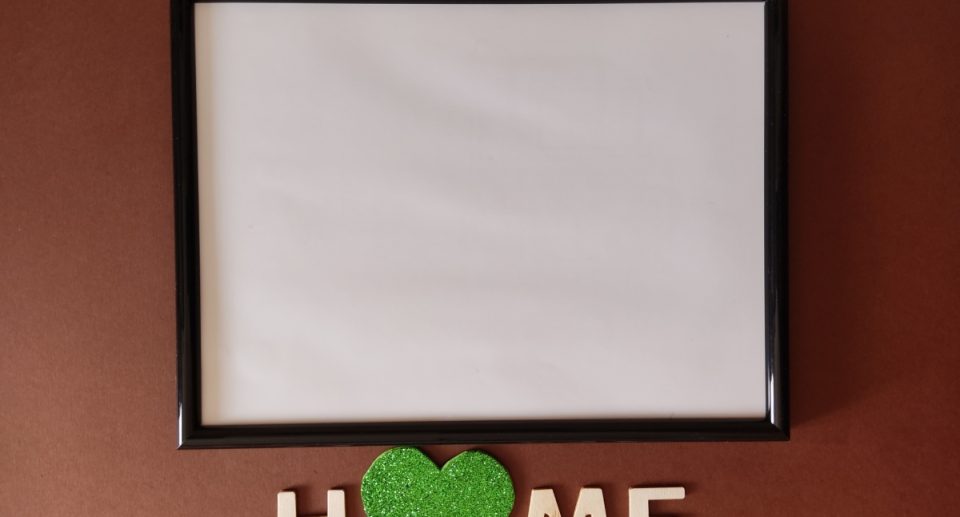
Creating a home environment that is not only beautiful but also functional and safe is important for everyone, but as we move into our senior years, the need for a more senior-friendly space becomes essential. Having a comfortable, accessible, and safe home does not mean compromising on style. With thoughtful planning and a few practical changes, your living space can remain as aesthetically pleasing as ever while catering to your specific needs.
Whether you’re looking to stay in your current home or downsize to something more manageable, updating your home décor to be more accommodating can greatly enhance your daily life. This post explores some simple yet highly effective tips for making your home safe and comfortable as you age.
Prioritize Accessibility Without Sacrificing Style
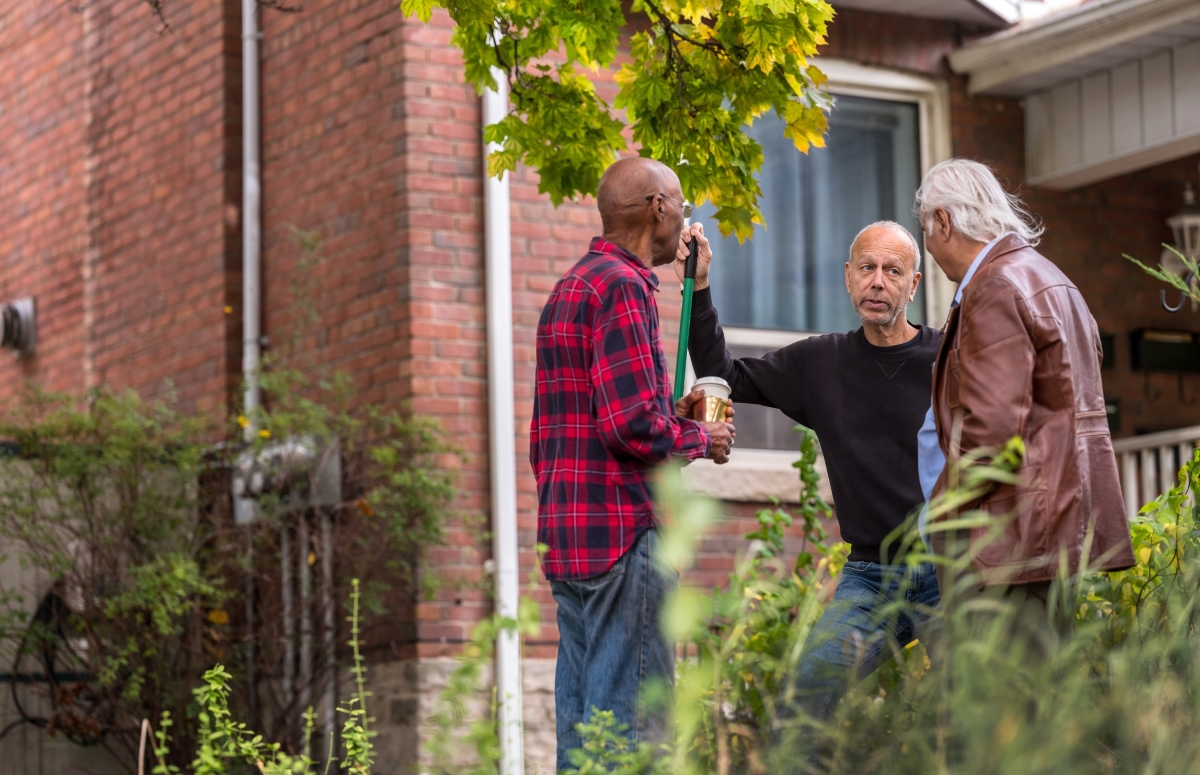
Accessibility doesn’t have to look like a medical facility. In fact, with so many modern design options, incorporating accessibility into your décor can blend seamlessly with your style. Focus on the key areas of your home where accessibility will be most important, such as the bathroom, kitchen, and bedroom.
Consider installing grab bars near the shower, bathtub, and toilet in the bathroom. These bars provide a sturdy surface for balance and support and are available in sleek designs that blend into any bathroom theme. Walk-in showers with non-slip floors are also a great investment. Add a shower chair and handheld showerhead for extra convenience and safety.
In the kitchen, keep daily-use items in lower cabinets or on open shelves within easy reach to avoid unnecessary bending or stretching. Sliding shelves or pull-out drawers can help reduce strain and make your kitchen more user-friendly. Also, consider installing lever-style handles on faucets and doors, which are easier to use than knobs, particularly for individuals with arthritis.
In the bedroom, ensure that the bed is at a comfortable height, making it easy to get in and out of bed. Soft but supportive mattresses and pillows can contribute to restful sleep. Adequate lighting with easy-to-reach switches near the bed is essential, especially for nighttime safety. Consider nightlights or motion-sensor lights that can illuminate your path when you get up at night.
Focus on Comfortable Furniture
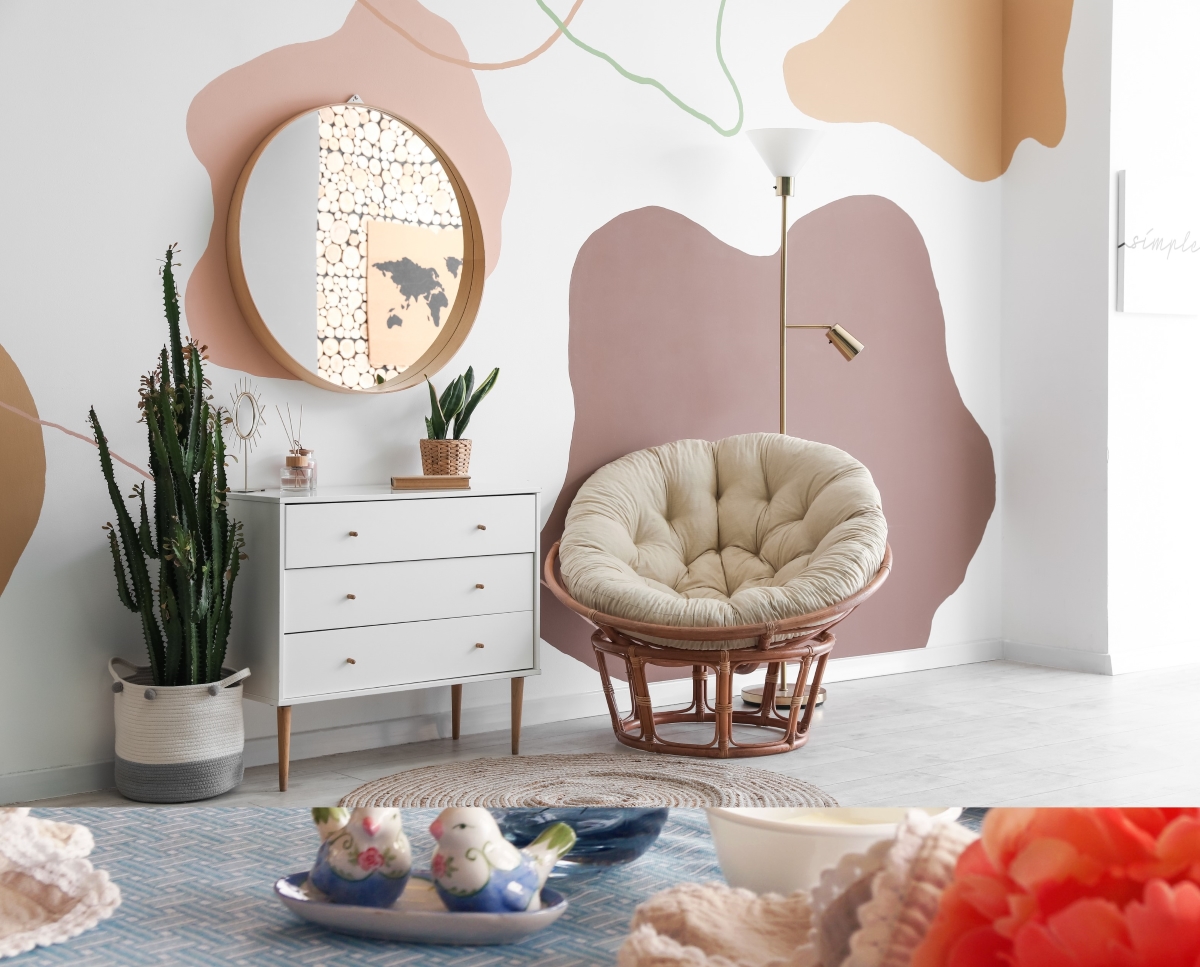
Comfort is a major factor when considering senior-friendly home décor. Furniture should not only look good but also be comfortable and functional. Look for seating that provides good lumbar support and is easy to get in and out of. Chairs and sofas too low to the ground can be difficult to rise from, so aim for furniture with the right height and firmness.
Recliners are a great option for comfort and practicality, as they offer an easy way to rest and relax. Some modern recliners come with built-in lift mechanisms to assist you in standing up without added strain. For dining room chairs, opt for ones with armrests, as they provide extra support when sitting down or standing up.
In the living room, consider arranging furniture to allow for easy movement and eliminate clutter. Ensure there are no sharp corners in high-traffic areas, or consider adding padded corner protectors. Position chairs and couches to offer clear sightlines to windows and doors, allowing for a more spacious and airy feeling.
Think About Flooring and Safety

The type of flooring you choose can significantly impact your home’s comfort and safety. Slippery surfaces like polished tiles, or hardwood can increase the risk of falls, while soft, plush carpeting provides cushioning but can make it difficult to maneuver a walker or cane.
Consider installing non-slip flooring such as cork, rubber, or vinyl, which balances traction and cushioning. If you love the look of hardwood or tile, opt for textured surfaces that provide more grip. Those who prefer rugs should use non-slip backing to secure and avoid tripping hazards. It’s also good to ensure pathways are free from electrical cords or loose items that could cause accidents.
In the bathroom, a non-slip bath mat inside and outside the shower can help prevent falls. As for staircases, if you have them, adding non-slip treads or a carpet runner can provide extra grip and prevent accidental slips.
Proper Lighting for Enhanced Visibility
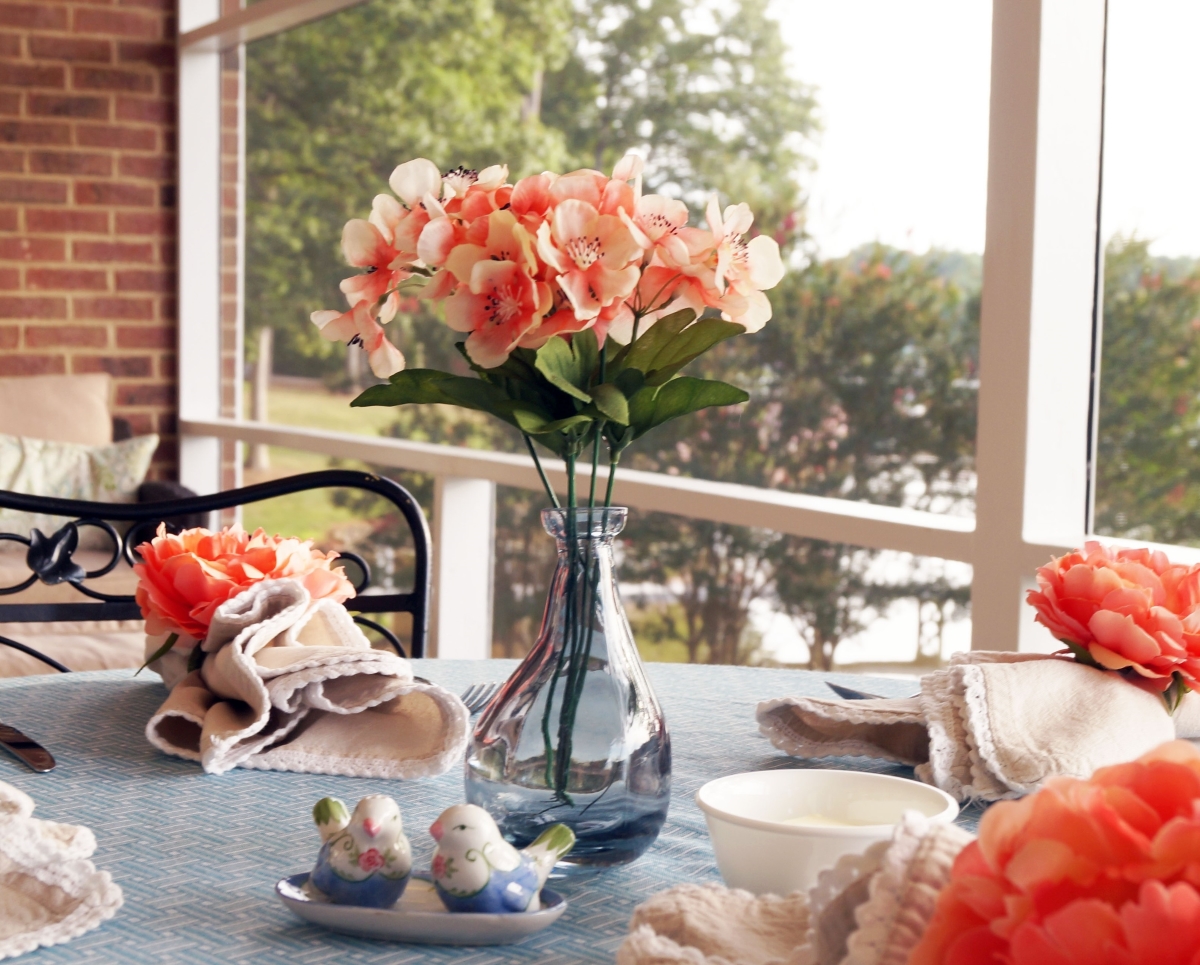
Our vision tends to decline as we age, making proper lighting a vital aspect of senior-friendly home décor. A well-lit home enhances visibility and adds warmth and a welcoming ambiance to your space.
Ensure that all rooms have ample lighting. Brighten your home with a combination of natural and artificial light. For artificial light, opt for brighter LED bulbs, which are energy-efficient and last longer than traditional incandescent bulbs. Position floor and table lamps strategically in areas where you read or work to avoid eye strain.
Install light switches at the entrances and exits of every room and make sure they are easy to reach. Dimmer switches can also be a great addition to controlling the intensity of the light based on the time of day or activity. If reaching a switch is difficult, consider motion-sensor lights for hallways, bathrooms, and bedrooms, which turn on automatically when you enter the room.
Outdoor lighting is equally important for safety. Ensure pathways, porches, and driveways are well-lit with motion-sensor or dusk-to-dawn lighting. This helps you see better when coming in and out of your home and deters intruders.
Make the Most of Smart Home Technology

Smart home technology has become essential for enhancing convenience and safety, particularly for seniors. Many modern devices are designed to integrate seamlessly into your home while maintaining its aesthetic appeal. These technologies offer practical solutions that can make daily living easier.
Voice-activated systems like Amazon’s Alexa or Google Assistant can control your home’s lighting, thermostat, and television with just a command. Smart thermostats adjust the temperature automatically to your comfort level, while smart locks and video doorbells provide added security.
Another handy addition is smart lighting that can be controlled remotely via a smartphone or tablet. This feature is especially useful if you forget to turn off lights or want to light up a room before entering.
Medical alert systems are also worth considering. These can be worn around the wrist or neck and provide an easy way to call for help in an emergency. Some modern systems even offer fall detection, which automatically notifies emergency contacts if a fall occurs.
Personalize Your Space
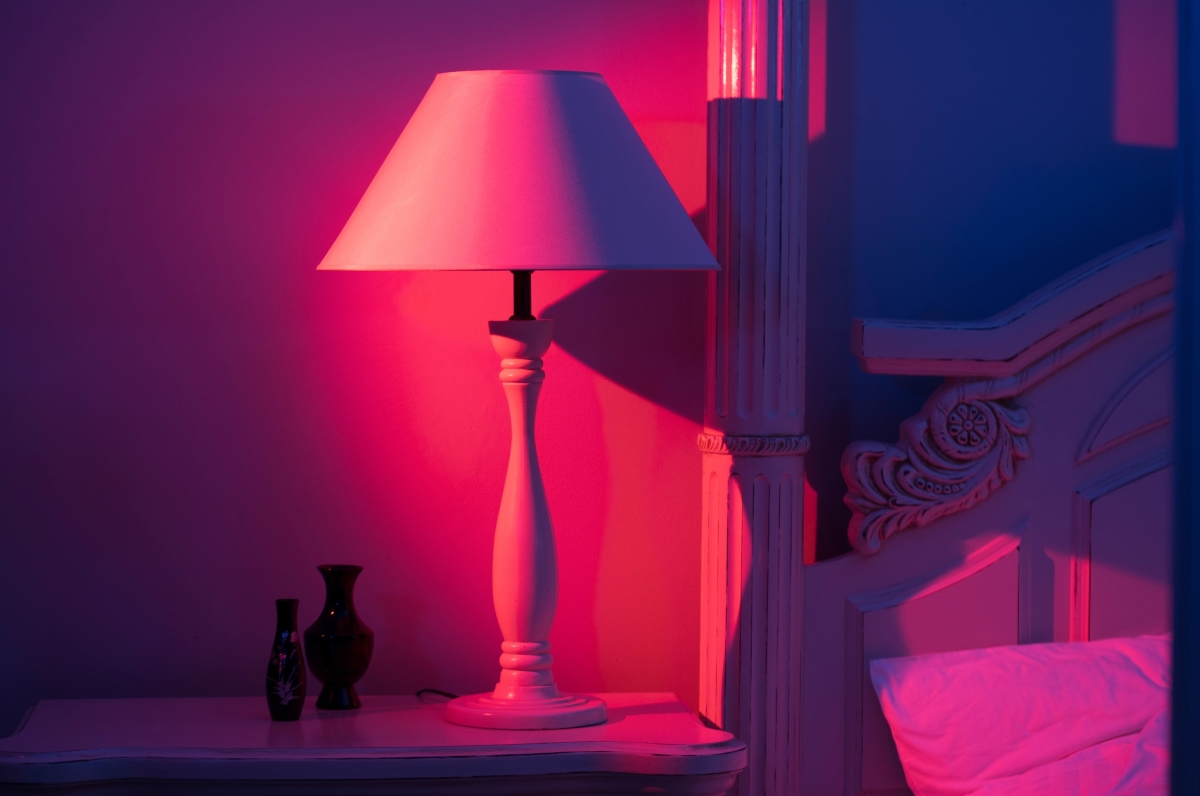
While making your home senior-friendly, adding personal touches that reflect your personality and bring you joy is important. Whether displaying family photos, incorporating your favorite colors, or adding artwork that inspires you, personalizing your space can make it feel uniquely yours.
Consider decorating with items that have sentimental value. Display heirlooms, souvenirs from travels, or gifts from loved ones that remind you of special moments. Indoor plants are another great way to liven up your home, improve air quality, and add a touch of nature. Low-maintenance plants such as succulents or ferns can be ideal for seniors.
Conclusion
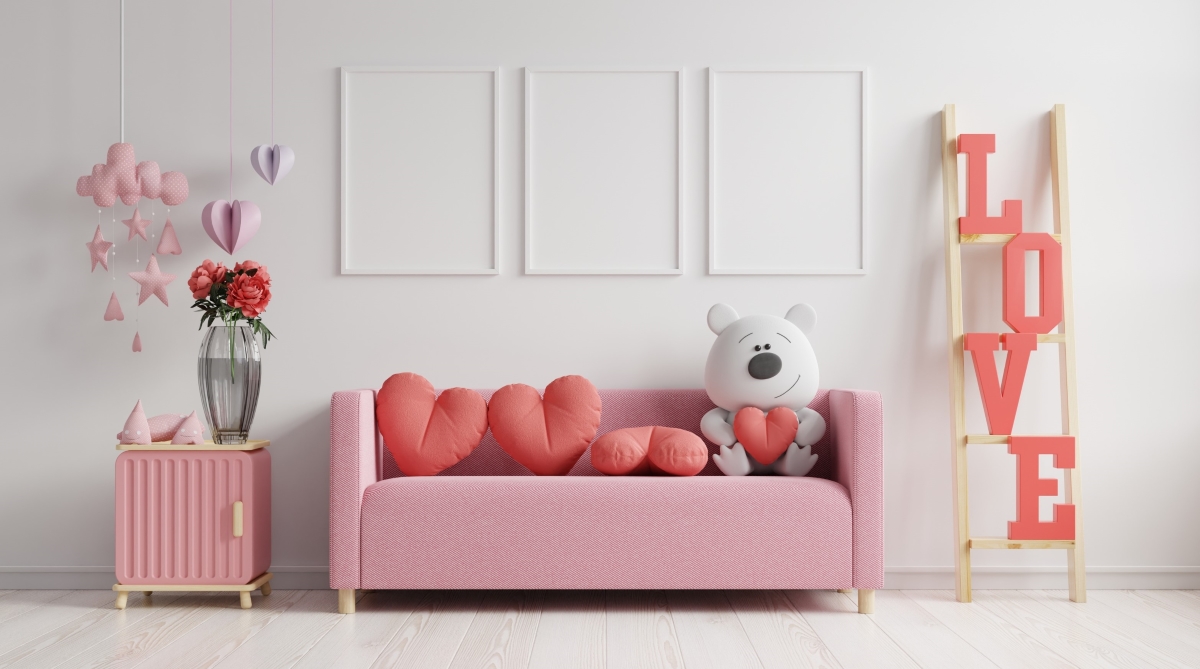
Making your home more senior-friendly doesn’t mean sacrificing style or personality. With a few thoughtful adjustments, you can create a comfortable, safe, and accessible space that suits your needs without losing the charm of your style. Prioritize accessibility, comfort, safety, and personalization, and your home will remain a sanctuary that enhances your quality of life for many years to come.





